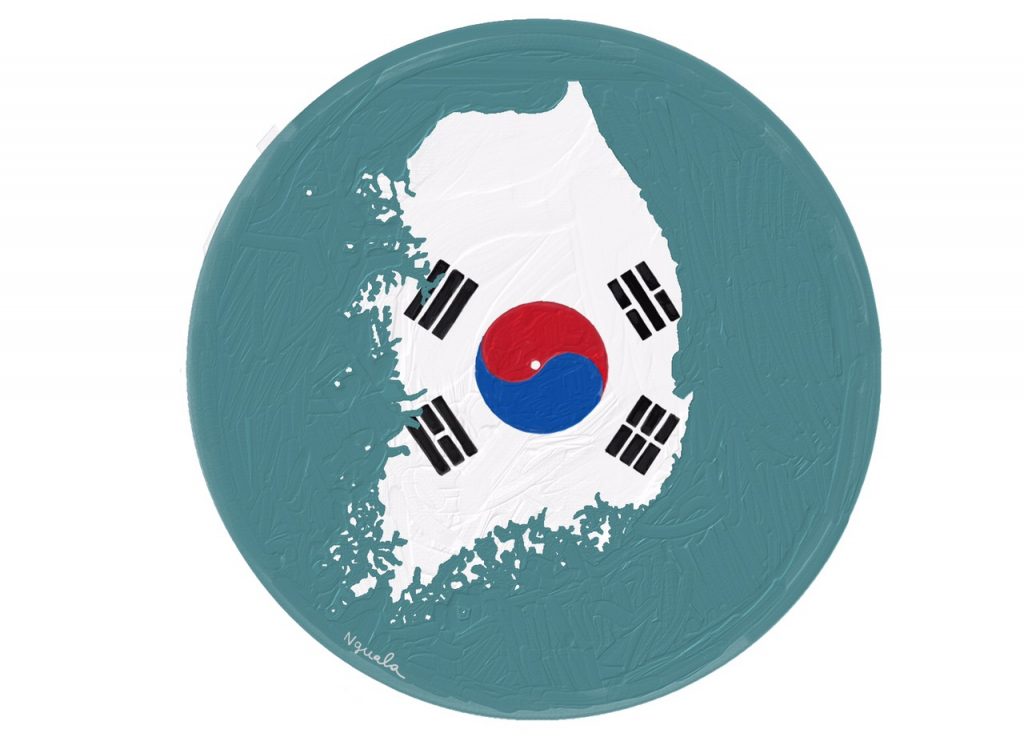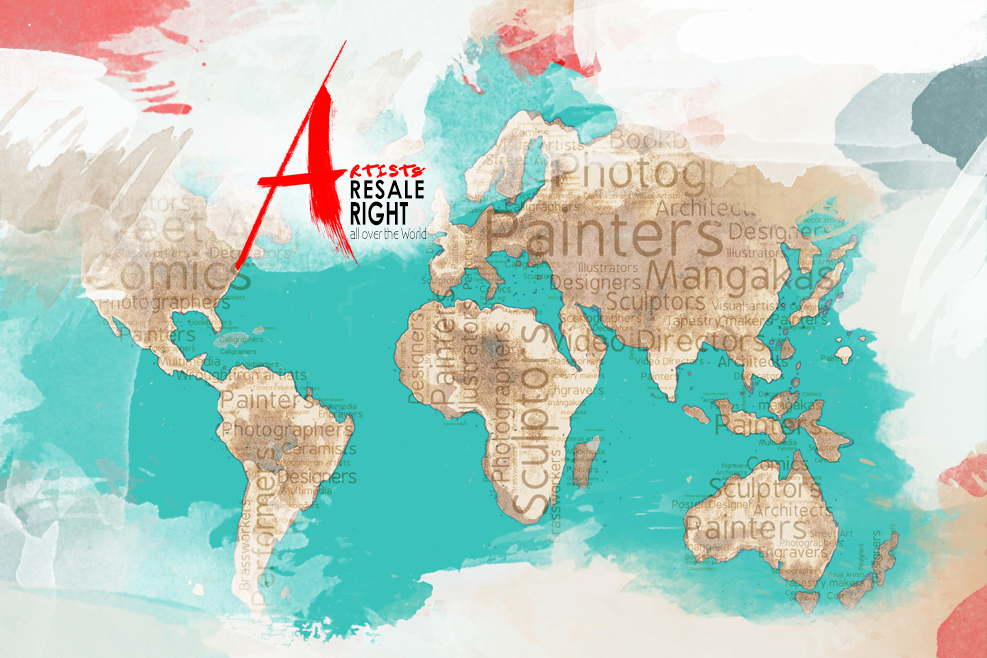
In June 2023, the Art Promotion Act was approved by the plenary session of the National Assembly. As a legislation with the broader commitment to promoting the domestic art market, it also introduces Artist’s Resale Right in South Korea, outlined in Chapter 3.
The Act provides for ARR in a model similar in many ways to the EU one, requiring reciprocity (art.24 par.3), mandatory collective management (art.25 par.1), and with the following conditions for eligibility:
- The artwork is resold at a price higher than 5 million WON (approx. 3500 EUR);
- The transaction is done with the intervention of an art market professional;
- The artwork has not been acquired directly from the artist;
- The price of a resale taking place within 3 years of the initial acquisition is higher than 20 million WON (approx. 14 000 EUR);
- The right extends to 30 years after the death of the artist.
The last criterion is the only one which differs significantly from the EU directive of reference, which provides for ARR up to 70 years after the death of the artists.
The adoption of this new legislation was mostly sparked by the 2011 EU-Korea Free Trade Agreement (FTA). The FTA included a requirement for both signatories to have ARR in place in their respective legislations within a period of two years after entry into force. This agreement helped to push the Korean authorities to conduct studies and consult relevant stakeholders on ARR. This in turn triggered the public interest and led to the recognition of the need for the right for visual artists in Korea.
Since then, the Republic of Korea has made major positive improvements regarding the working and social conditions of artists in the past decade. After the 2012 Artists Welfare Act, which allowed artists to have access to better social security and remuneration, the Korean Ministry of Culture, Sports and Tourism (MCST) reported in 2018 that still 7 in 10 artists earned less than 1 million WON on average per month (approx. 700 EUR), a sum much below the minimum living wage in South Korea. This showed that despite the substantial improvements in welfare and support policies for artists boosted by the 2012 Act, much work still needed to be done to reinforce artists’ working and living conditions. Multiple artists’ associations in Korea, such as the Korea Visual Arts Copyright Association, actively lobbied for the adoption of ARR. Fast-forwarding to 2022, in the visual arts sector, sales by art dealers saw an increase of 40% (in comparison, the US dealer sales only saw an increase of 6%). Furthermore, the Korean visual arts sector also saw the launch of the Frieze Seoul art fair which welcomed over 70,000 visitors and opened the Korean art scene to a new public. The Ministry of Culture, Sports and Tourism, disclosed that South Korea’s art market reached 1 trillion won (approx. 700 million EUR) in revenue that year.
This is why the adoption of new remuneration rights such as ARR is not only fair to artists but also necessary to ensure the continuity of such a creative boom. Under the provisions of the Artist Promotion Act, resale rights will be implemented on 26th June 2027, exactly four years after its promulgation. In the meantime, the Korean authorities will need to determine the technical aspects of collection of the right, such as mandating a collective management organization to monitor, collect and distribute the royalty to artists and their heirs. Artists will then have to wait four more years before seeing the first collections and distributions of ARR, and to be able to benefit from this newly flourishing cultural environment.
